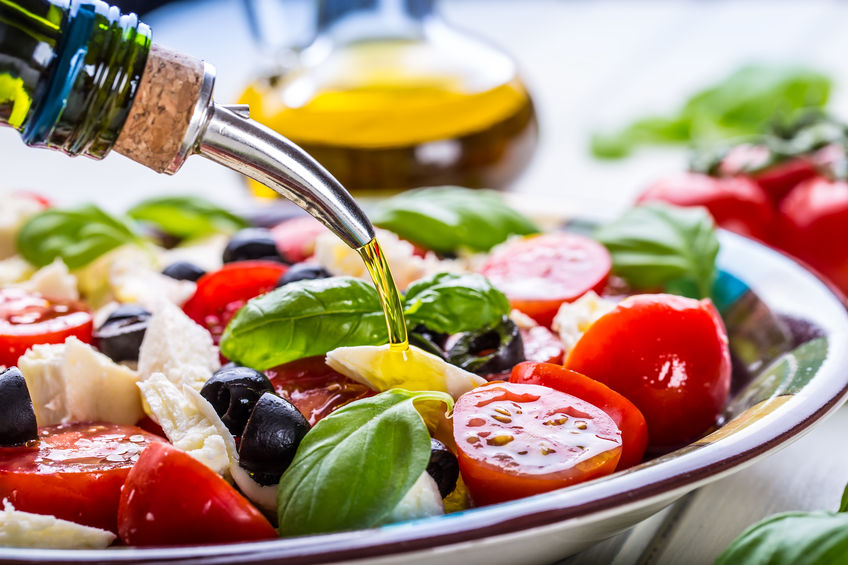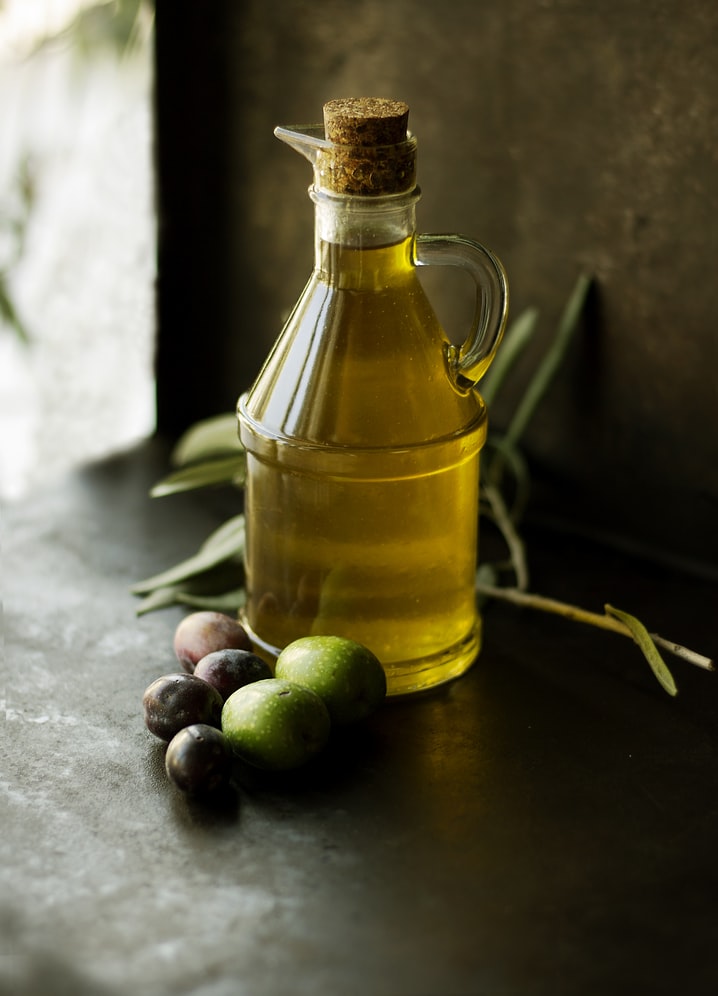Fats are an essential part of the diet however, too much fat in the diet can lead to negative health impacts. Read on to find out more.

- Fat is an essential part of the diet. It is used for energy, carrying fat soluble vitamins around the body, providing essential fatty acids that the body cannot synthesise, supporting cell growth and production of important hormones. This is just a few of the reasons we all need fat in our diet.
- However, too much fat in the diet can lead to negative health impacts such as obesity and raised cholesterol levels, which in turn increases the risk of heart disease. Any fats consumed that are not converted into energy or used by the body are converted into body fat. This is the excess fat we want to avoid.
There are three main types of fat- saturated fat, trans fat and unsaturated fat (polyunsaturated and monounsaturated).
To find out more about which fats and oils are best to cook with click here.
Saturated fat
Men should not have more than 30g of saturated fat a day and women should not have more than 20g of saturated fat a day. Examples of fats and oils high in saturated fat are butter, ghee, palm oil and coconut oil. Saturated fat can cause cholesterol to build up in your arteries leading to an increased risk of heart disease and stroke.
Trans fat (partially hydrogenated oil)
Adults should not have more than about 5g of trans fats a day. Consuming over 5g/day is strongly associated with increased risk of coronary heart disease and related mortality. Trans fat is found in small amounts in some meat and dairy products. However, the majority of trans fat is industrially produced because when added to products they increase the shelf life and improve the texture. Trans fat has been used to replace animal fats as it’s cheaper so for example restaurants are now using vegetable ghee (Vanaspati ghee) as opposed to pure ghee leading to disastrous health outcomes. It has also been used in baked foods, fried foods and pre-packaged snacks. Food Safety and Standards Authority of India (FSSAI), Ministry of Health and Family Welfare, Government of India is working towards the elimination of industrially produced trans-fat in the food supply in India by the year 2022.
Unsaturated fat
The best way to reduce the risk of heart disease is to cut out trans fats from your diet and swap saturated fats for unsaturated fats. Unsaturated fats help by reducing levels of bad LDL cholesterol and increasing good HDL cholesterol, thus reducing the risk of cardiovascular disease and they are also a crucial art of cell membranes. Some sources of monounsaturated fats are olive oil, rapeseed oil, avocados and nuts. Polyunsaturated fats are omega-3 and omega 6 fats. These cannot be made in the body so need to be obtained from the diet. Omega-6 fats are found in vegetable oils such as corn, sunflower and some nut oils. Omega-3 fats are found in oily fish, canola oil and walnuts. It is important not to consume too much of these fats though, especially omega 6 as this can cause inflammation and high blood pressure.
What are the differences between fats and oils?
We often use the terms fats and oils together but there are differences between them.
- Fats are normally solid at room temperature, low in unsaturation and usually of animal origin.
- Oils are fluid at room temperature, high in unsaturation and usually of plant origin.
Conclusion
There are 3 main types of fat. Fat is an essential part of the diet. It is used for energy, carrying fat soluble vitamins around the body, providing essential fatty acids that the body cannot synthesise, supporting cell growth and production of important hormones.However, too much fat in the diet can lead to negative health impacts such as obesity and raised cholesterol levels, which in turn increases the risk of heart disease.
Studies discussed in the article
A healthy approach to dietary fats: understanding the science and taking action to reduce consumer confusion
Ann G. Liu, Nikki A. Ford, Frank B. Hu, Kathleen M. Zelman, Dariush Mozaffarian and Penny M. Kris-Etherton
Link- https://www.ncbi.nlm.nih.gov/pmc/articles/PMC5577766/
Good Fats versus Bad Fats: A Comparison of Fatty Acids in the Promotion of Insulin Resistance, Inflammation, and Obesity
James J. DiNicolantonio and James H. O’Keefe
Link- https://www.ncbi.nlm.nih.gov/pmc/articles/PMC6140086/


